
views
Spraying the Car Body

Hold the spray gun 6 to 8 inches (15 to 20 cm) away from the surface. If you go over a section where the surface of the car is tilted, tilt the gun as well in order to be parallel to the surface. This should give you the lightest, most even paint layers possible.
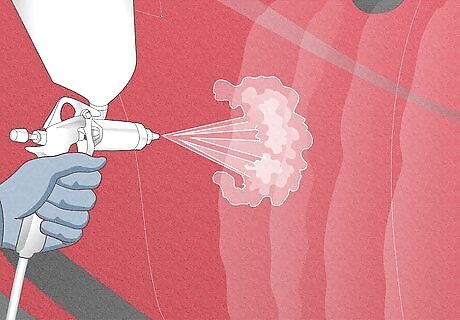
Make steady, even passes that overlap each other by 50%. Covering half of the previous pass each time will help you achieve an even application and prevent the “tiger striping” effect. Make sure to spray on the paint in consistently straight, even lines across the car surface.

Apply a coat of paint to the car. Spray a light coat of paint all over the body of the car. Keep the paint thin and wet in order to achieve an even application and keep the drying time short. If the paint is too thick, you can run into problems like filminess or a foggy, hazy effect.

Let the paint dry for at least 10 minutes. With thin individual layers of paint, the drying time is fairly short between applications. Waiting a full 10 minutes between coats will help the paint settle and set, or “flash,” before it’s covered by another layer.

Apply a second coat of paint to the entire car. After the first layer has dried, add a second layer of paint. This layer can be a bit thicker because it will have more time to dry out completely. Make sure to apply the paint slowly and carefully to avoid any drips and imperfections.

Wait 1 hour for the layers to fully dry. Don’t touch the clear coat while you’re waiting for it to dry. Let it sit undisturbed in order to let the paint cure and set properly. This will help ensure the clear coat’s durability and quality.
Clear Coat Maintenance
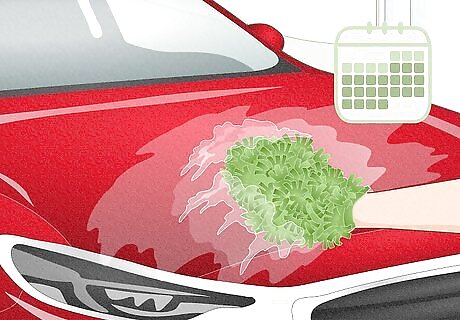
Hand wash your car every 1-4 weeks. Use a quality wash mitt, 2 buckets of washing and rinsing water, car-wash soap, and microfiber towels to wash your car regularly. Take extra care to be gentle over the clear coat and remove any dirt buildup that could cause scratches. It’s best to wash your car sooner rather than later to remove any dust and dirt that could damage your clear coat.
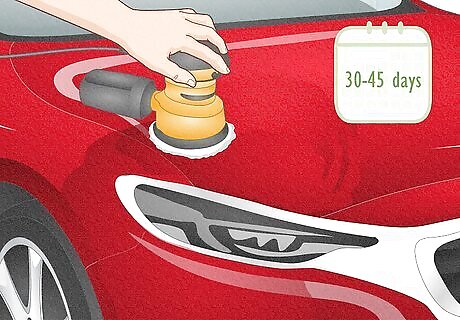
Wait 30-45 days before waxing, buffing, or going through a carwash. After applying clear coat, it’s important to wait and let the paint harden before applying too much pressure. For warmer climates, waiting 30 days should be sufficient. However, for cars in colder climates, you should wait 45 days because low temperatures can slow the curing process.
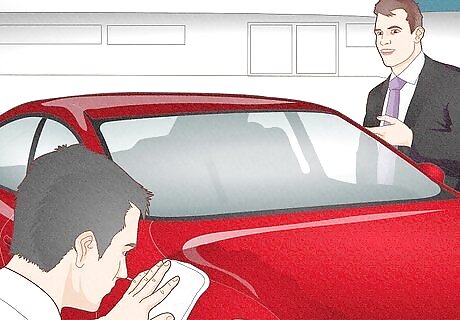
Ask car wash employees to take care with your clear coat. Clear coat can be easily scratched during a ride through an older car wash. If the car wash includes a manual rub-down, make sure the attendants use clean, soft towels on the clear coat. Typically, modern car washes are gentler and won’t scratch your clear coat.

Wax your clear coat carefully every 2-3 months. Excessive buffing and rubbing can damage the clear coat, so make sure to use a non-abrasive formula and polish carefully. Waxing regularly helps protect the paint job and visually enhances the paint quality. Generally, car wax only lasts about 2-3 months, but depending on the weather and the car’s paint condition, this time may vary.
Painting Materials
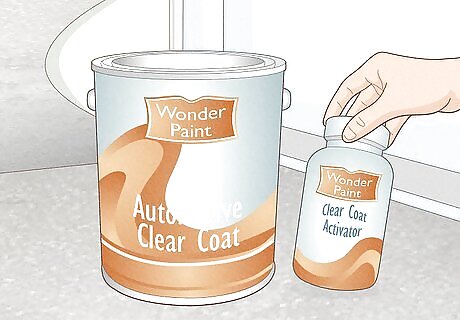
Choose a solvent and activator for your current weather conditions. Think about size and area of the repair as well as the current temperature and humidity when making your choice. Some products are formulated for higher temperatures and extra moisture, so make sure to check the product labels. Keep in mind that you should also try to paint in optimal conditions.
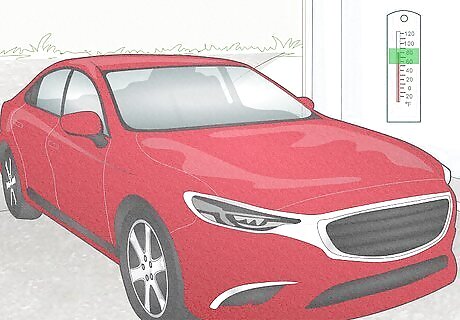
Try to paint on a warm day. In general, it's not a good idea to paint your car if you’re in temperatures above 90 °F (32 °C) or below 55 °F (13 °C). You should also avoid painting in direct sunlight by painting in the shade, in the early morning, or at nighttime.

Use quality car-painting equipment. For this project, higher quality tools will likely be worth the extra cost. You can buy or rent a gun, compressor, respirator, and air/oil separator along with an air hose. Clear coat is best applied with a spray gun because it acts like a solvent. If you try to apply it with pressure, rather than floating it on with an aerosol tool, it can remove the base coat beneath it. You could also use clear coat in a spray can, but a gun will give you a smoother, more professional finish.
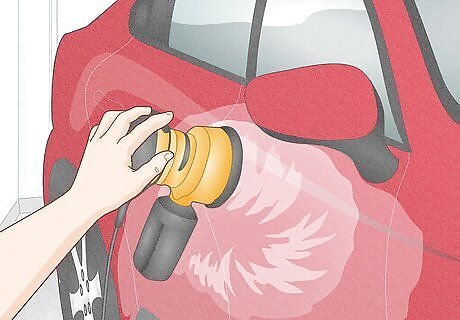
Wet-sand off all of the previous clear coat if it is damaged. Look for any peeling, delaminating, or flaking in the old clear coat. If you find damage, use 400-600 grit sandpaper and an orbital sander to wet-sand off all of the old clear-coat. It’s important to start over with a base coat for the new urethane to bond properly. To wet-sand, spray your sandpaper down with water. This will prevent the sandpaper from creating deep scratches in the car’s surface. Wipe down the surface with a tack cloth after sanding to clean up any dust.
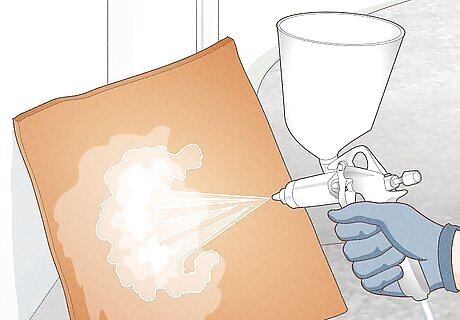
Practice spraying on a smooth piece of scrap metal. Before you spray your car, test out your materials and practice your spraying technique on a smooth metal surface. Follow all the steps from start to finish, making note of any issues or imperfections that you should adjust for the final project. If you’re using a can of spray clear coat, make sure to shake it well before spraying.











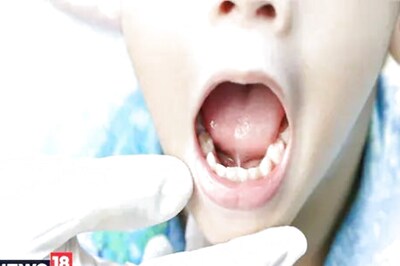






Comments
0 comment